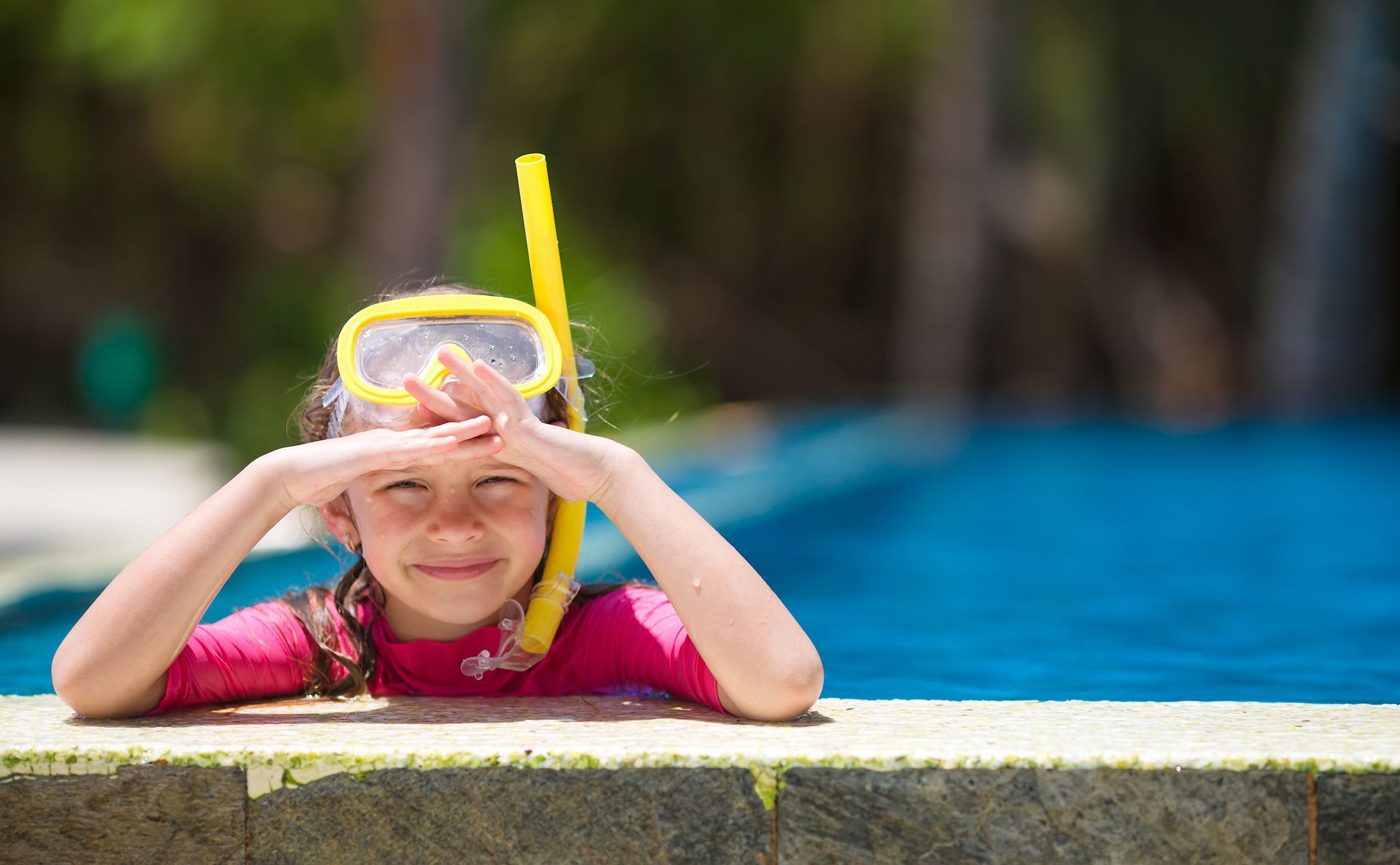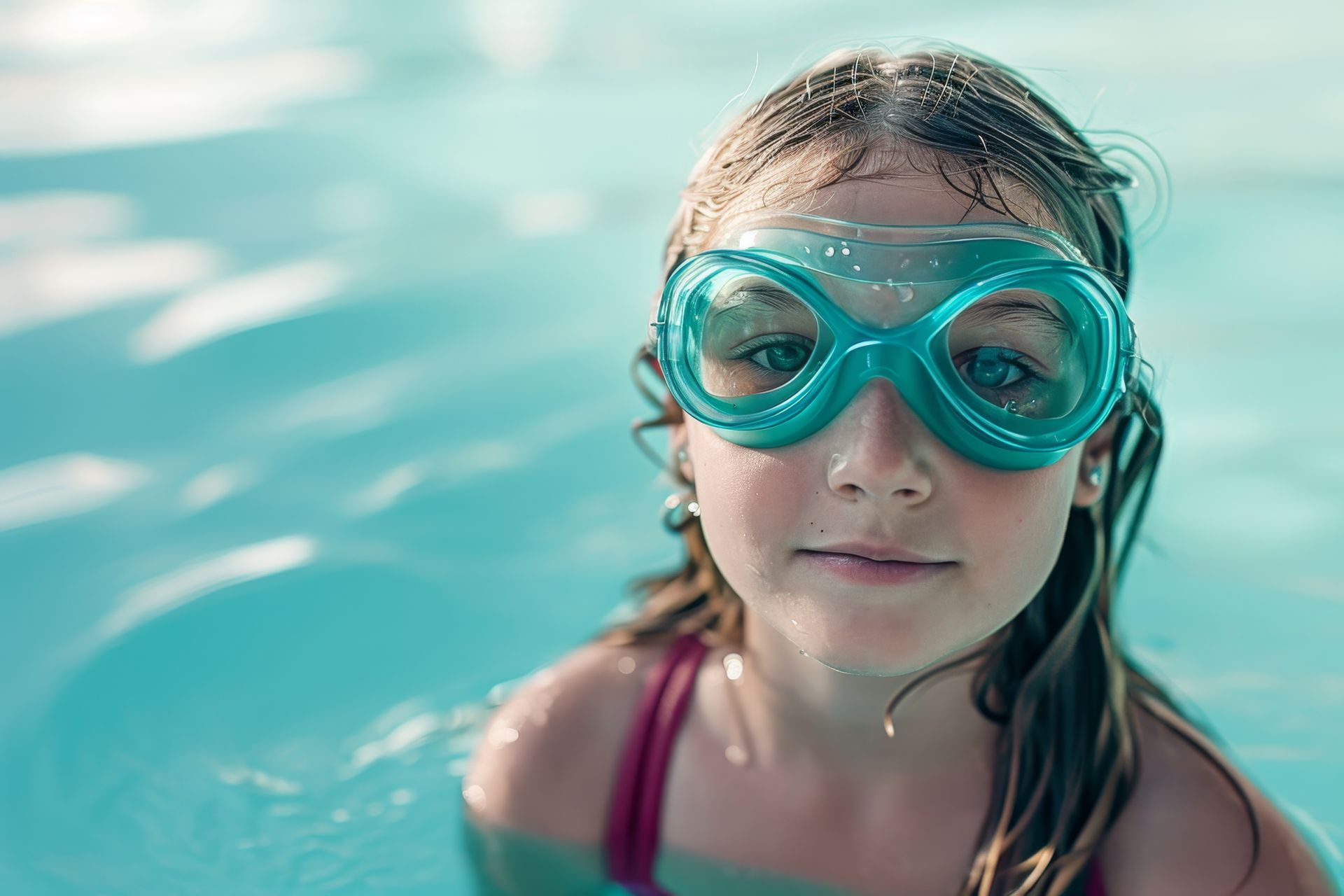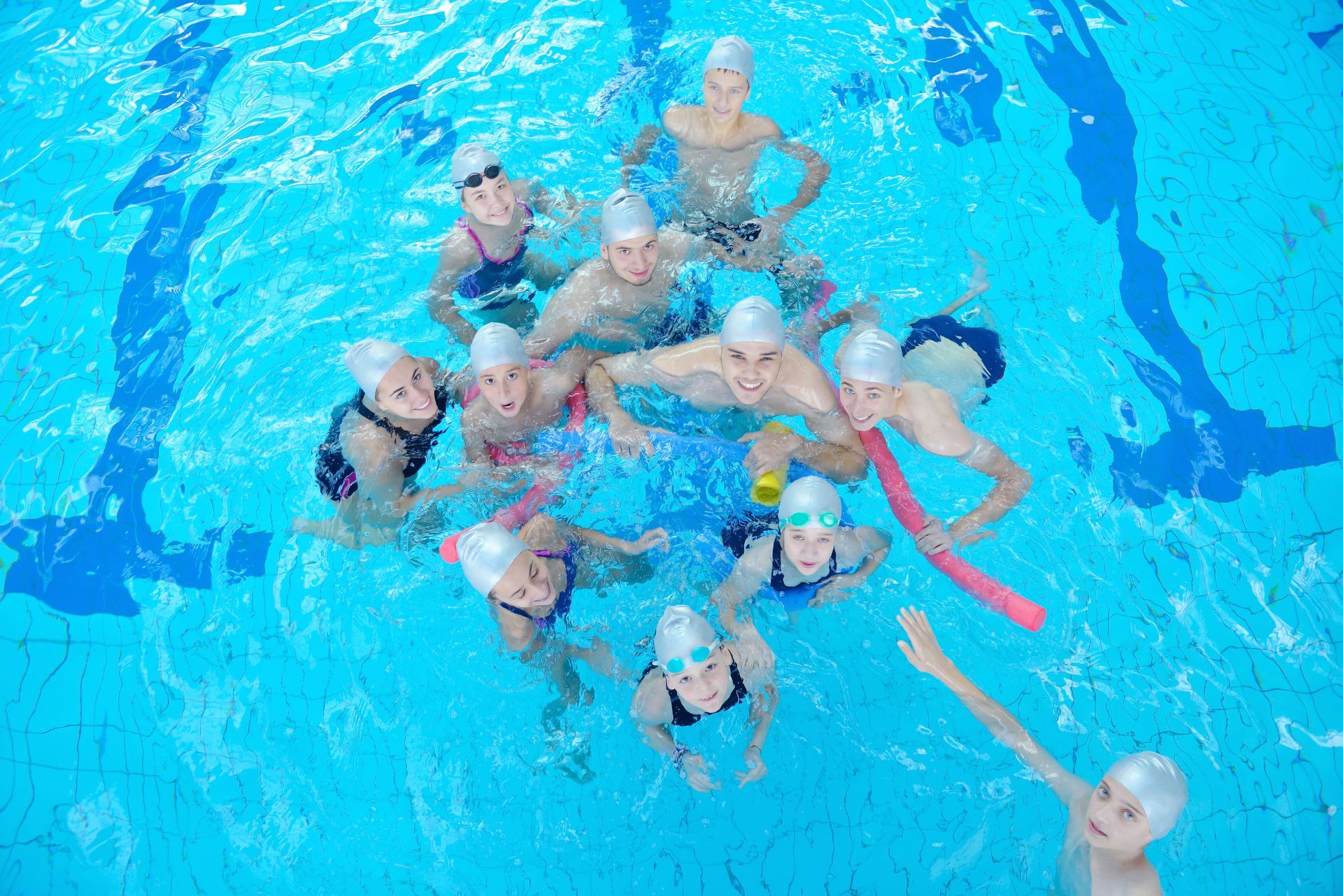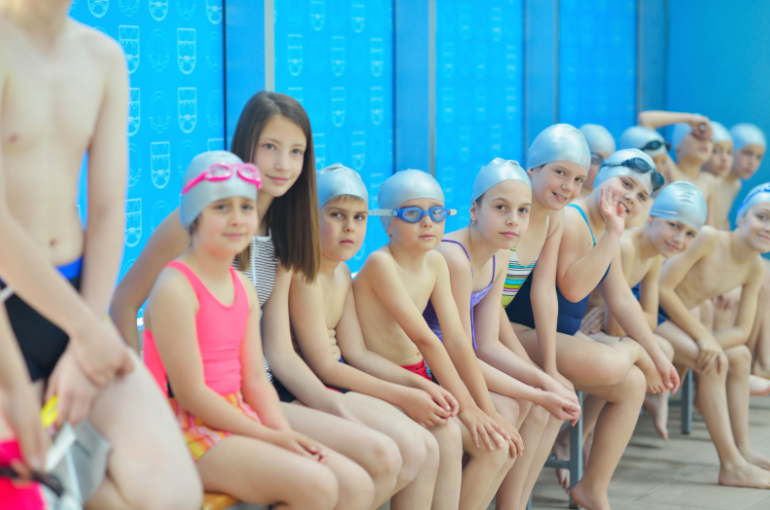Physics Principles That Make Diving Work
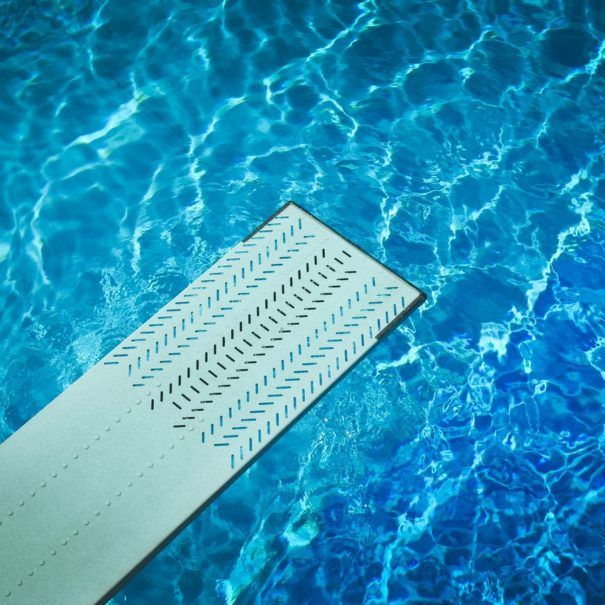
Did you ever ask your teachers when you would ever use the things they were teaching you when you were in school? While the average person probably doesn’t use the Pythagorean Theorem or logarithms on a daily basis, physics is something that we experience on a daily basis, whether we realize it or not. In fact, physics is what makes diving work.
Newton’s 3rd Law
Newton’s 3rd Law of Motion states that for every action, there is an equal and opposite reaction. That’s what makes it possible for divers to project themselves from the diving board or platform. The diver puts energy into the diving board or platform, which is then transferred back to the diver. This propels them in the opposite direction from which they put energy into the board or platform to begin with.
Angular Momentum
Momentum is the impulse something carries as it moves through space and is a product of mass and velocity. Angular momentum is momentum with rotational movement. You can find it by multiplying the angular velocity by the moment of inertia. Angular velocity is how fast something spins. Inertia is the resistance something has to a change in its state of motion, whether it’s in motion or at rest. This matters in diving because it impacts the rotations a diver is able to make. Angular momentum must be conserved, so if you want to increase your angular velocity, you need to make changes to the moment of inertia.
Inertia
As a diver, you aren’t able to change your angular velocity directly. You can, however, change your moment of inertia, which will then impact your angular velocity. Because of the inverse nature of angular velocity and the moment of inertia, when you decrease your moment of inertia, you increase your angular velocity. The reverse is also true. If you were to increase your moment of inertia, you would decrease your angular velocity. In other words, by pulling more of yourself closer to your rotational axis, you are able to decrease your moment of inertia, thereby increasing the velocity with which you spin. In short, a tighter tuck means a faster spin, and straightening out will slow your spin.
Science is all around us. We experience physics, biology, and chemistry on a daily basis. Physics is especially important in all aspects of swimming, from improving your speed to diving. Those who find they are science oriented may find that by understanding the physics principles behind what makes things like diving work, they gain a better understanding of why they are supposed to do things a certain way, thereby paving the road to greater and faster improvements.
Physics can be found in scuba diving as well. Read this to learn more: Physics Principles That Make Scuba Diving Work
The post Physics Principles That Make Diving Work appeared first on Swim Jim.
